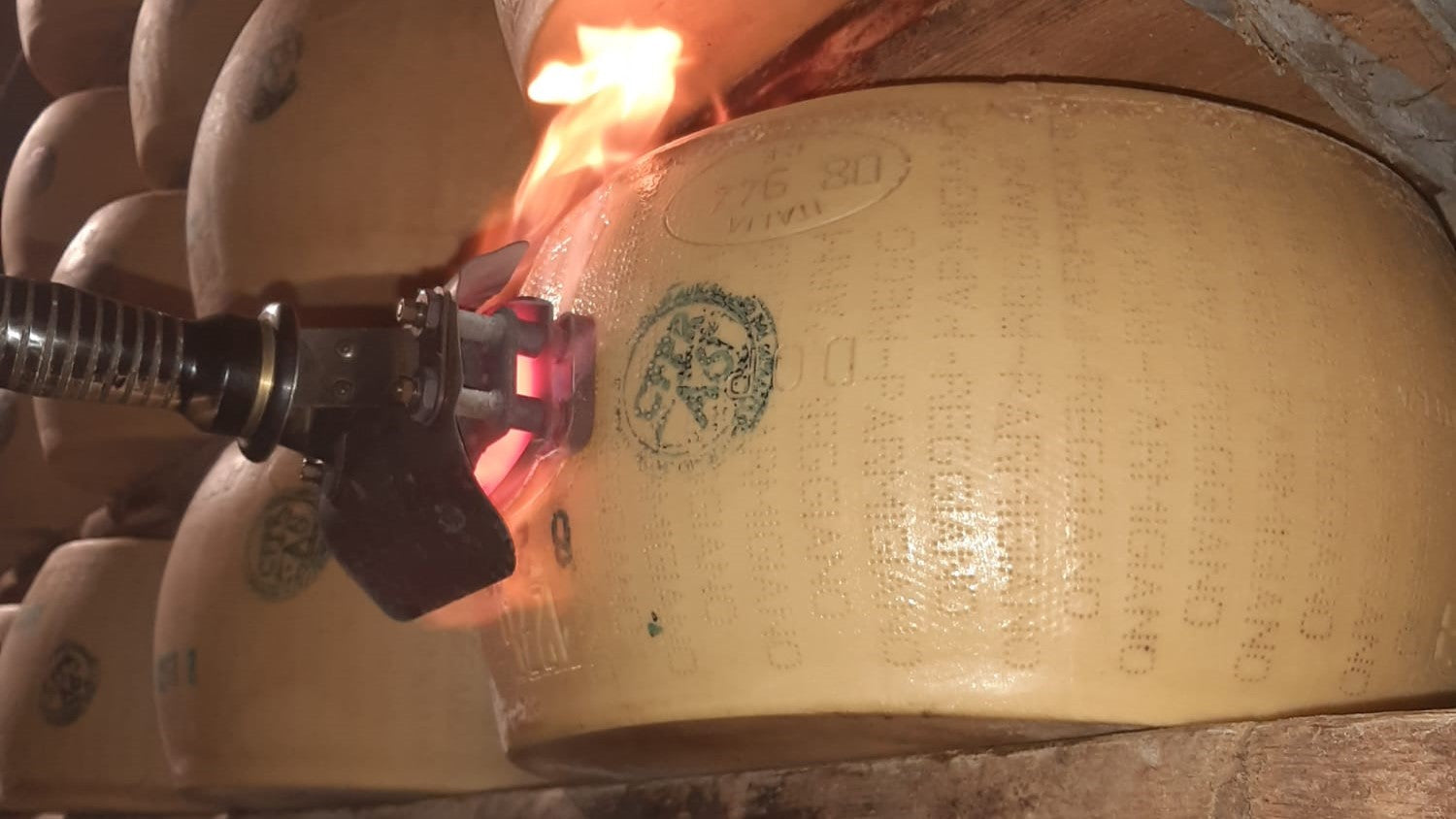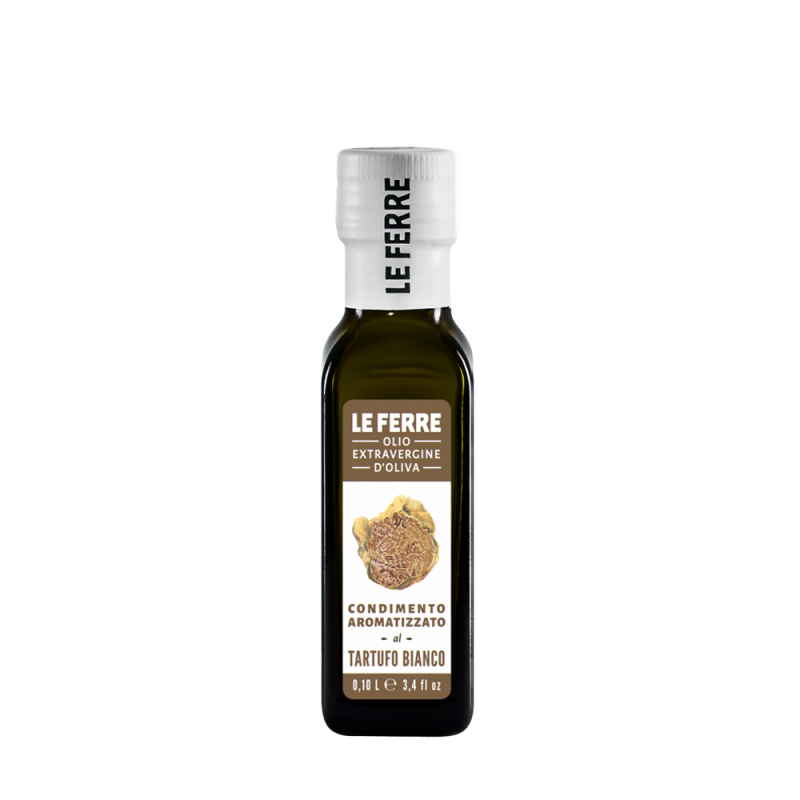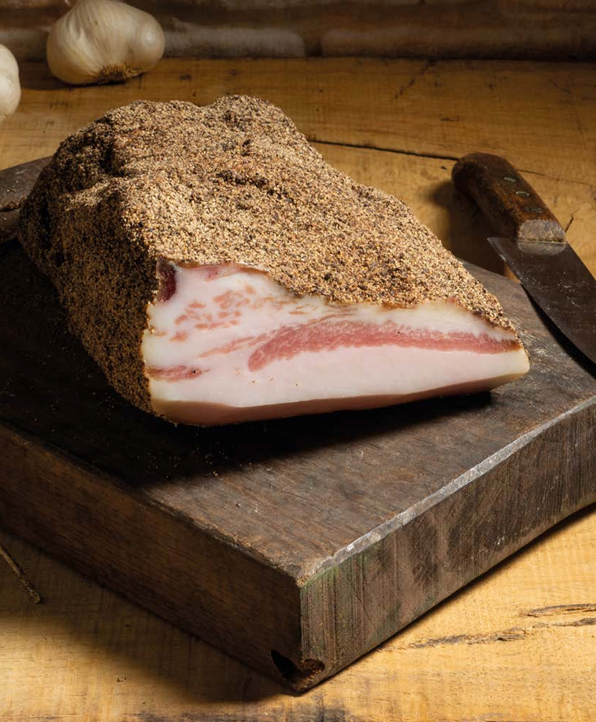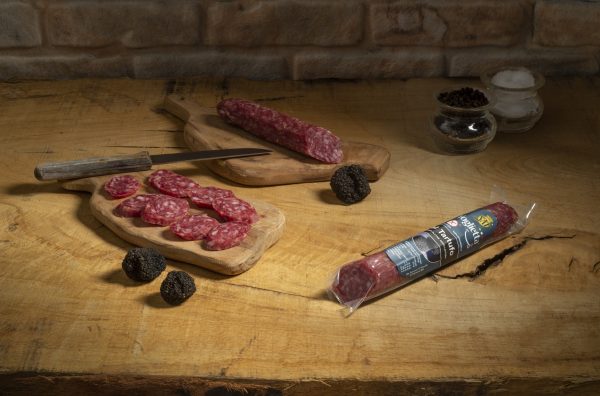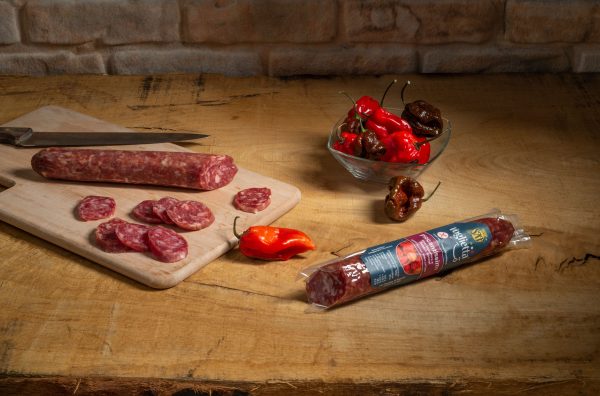What is the difference between Parmigiano Reggiano and Grana Padano? Many people often ask me about the differences between Grana Padano and Parmigiano Reggiano , two cheeses that at first glance may seem very similar – both in shape and consistency – despite the fact that Parmigiano Reggiano is usually somewhat more expensive. That is why I have decided to write a guide that explains the main differences and highlights why Parmigiano Reggiano is considered a cheese gem of the highest quality.
1. Production Area and Strict Standards
The production area and the associated standards are one of the biggest differences between Grana Padano and Parmigiano Reggiano.
Grana Padano is produced in several regions of Northern Italy, including Lombardy, Veneto, Emilia-Romagna, Trentino-Alto Adige and Piedmont, and has less restrictive regulations on the location of production facilities.
Parmigiano Reggiano, on the other hand, is produced exclusively in the provinces of Parma, Reggio Emilia, Modena and some areas of Bologna and Mantua. This restriction ensures a close connection to the area and also means that every single production process is subject to strict quality controls – from feeding to storage and aging.
2. Cows' Feed and Milk Quality
The quality of the milk for Parmigiano Reggiano is extremely high due to the cows' specific feed.
The cows are fed only with fresh fodder and hay produced in the same area, and the use of silage and fermented feed is prohibited. Silage can cause undesirable fermentation processes in the milk, which affects the taste and quality of the cheese.
Grana Padano, on the other hand, allows the use of silage, which can affect the final taste and give a less complex aroma, as fermentation processes in the milk affect the quality compared to Parmigiano Reggiano, where fermentations are strictly controlled.
3. Lysozyme and Antibiotics
Lysozyme is a natural preservative extracted from egg white, which is added to Grana Padano to prevent unwanted bacterial growth. Parmigiano Reggiano is produced without the addition of lysozyme. The absence of preservatives in Parmigiano Reggiano demonstrates the purity of the product and the high quality standards throughout the production chain.
Parmigiano Reggiano producers also follow stricter regulations on the use of antibiotics, meaning that the milk is free of antibiotic residues. Grana Padano is also regulated, but allows for some flexibility. Parmigiano Reggiano's approach thus demonstrates a high degree of transparency and naturalness in production.
4. Maturation time and flavor complexity
Parmigiano Reggiano is matured over a longer period of time, creating a deeper flavor and more complex aroma.
While Grana Padano can be aged for a minimum of 9 months, Parmigiano Reggiano has a minimum maturing period of 12 months and can be aged for more than 36 months. This longer maturing period develops flavor nuances ranging from nuts and spices to a complex and long-lasting aftertaste.
5. Price and Quality Standards
Parmigiano Reggiano is more expensive due to the strict quality requirements, the high quality milk and the maturation process, which highlights the complexity of the taste. Each cheese is carefully evaluated to ensure that it meets the high quality standards. Even within this type of cheese, there are differences in aroma and texture depending on the maturation and place of production, giving the consumer a unique taste experience.
Parmigiano Reggiano "Prodotto di Montagna"
A special version is the Parmigiano Reggiano “Prodotto di Montagna" (mountain product) sold in our E-shop , made from cows grazing in mountain areas. This type of cheese reflects the biodiversity and local traditions of the area and has an intense aroma.
Conclusion
I hope this guide has provided a clearer understanding of the differences between Grana Padano and Parmigiano Reggiano. As described, the rigor of the discipline, the quality of the milk, and the meticulous production process contribute to making Parmigiano Reggiano a quality cheese that can be enjoyed by anyone seeking a rich and complex flavor experience. Knowing these characteristics can help consumers make more informed choices and appreciate the authentic value of one of Italy’s most beloved cheeses.
Buon appetito!

